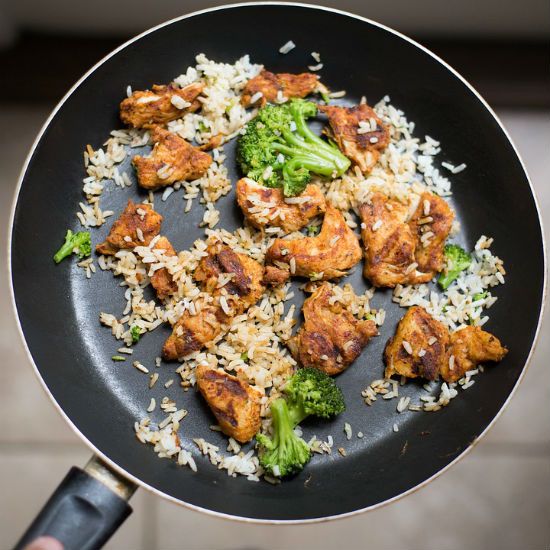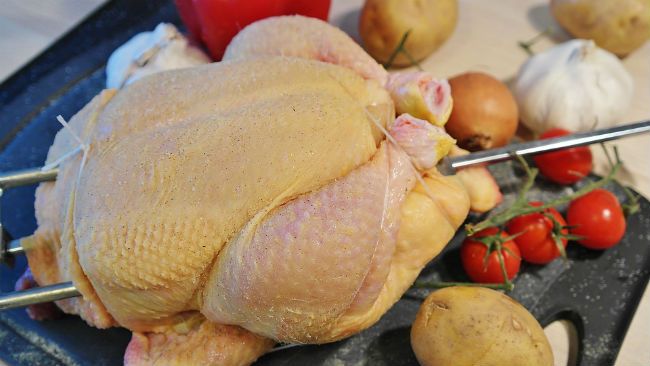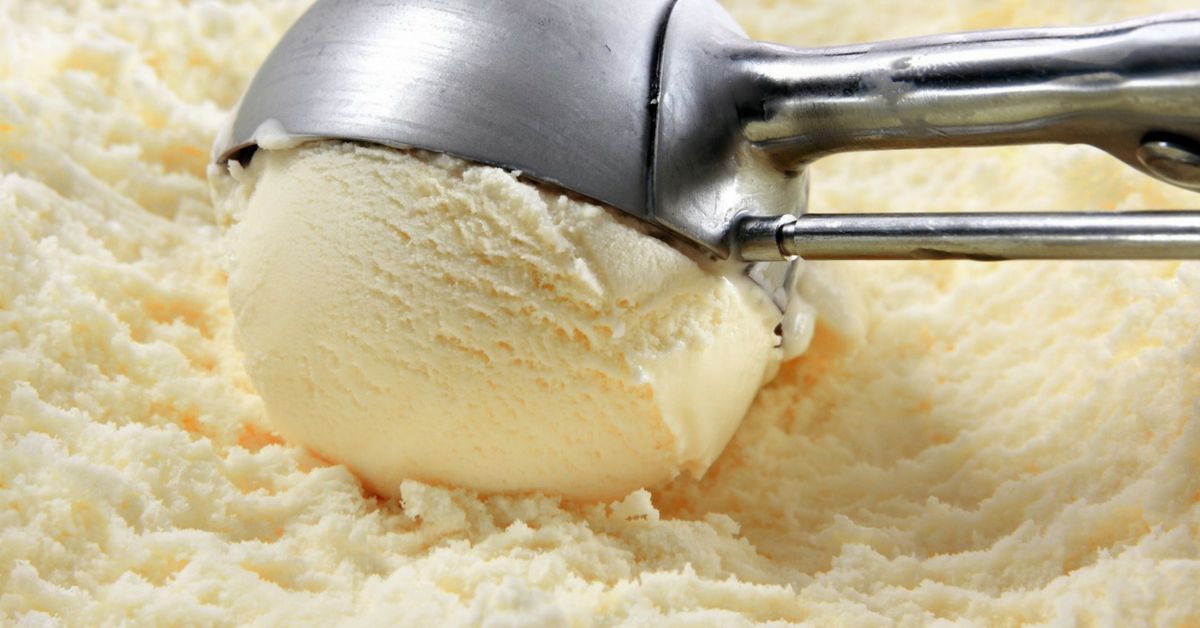Milk, chicken, and fish: they're not just part of a balanced diet anymore.
Already this year, there have been a slew of recalls as grocery stores and retailers deal with serious disease outbreaks from food.
A new report from the Centers for Disease Control (CDC) shines a light on which foods pose the most risk to your family.
Learn what to avoid, and how to prepare your favorite foods while staying healthy.
White meat and fish top the list

The organization studied disease outbreaks linked to food between 2009 and 2015, then listed which foods were most likely to make someone ill.
At the top of the list, with 3,100 illnesses - 12% of all illnesses in the study - was chicken.
That's worrying, because according to the National Chicken Council, Americans eat around "160 million servings of chicken every day."
The reason for the risk is that these birds can carry both salmonella and dangerous Campylobacter - viruses that are both sometimes fatal.

Sick chickens are also difficult to spot, so often tainted meat makes it through the inspection process.
The next most likely culprits for disease outbreaks in the study were pork, then vegetables with seeds. Salmonella outbreaks in eggs were also very common.
And while the outbreaks didn't spread very far, dairy products and fish were the most likely foods to cause an outbreak (followed by chicken).
Protect your family from foodborne illness

While you might think about eating out more to stay healthy, that's not always a good choice.
In the CDC's survey, 61% of outbreaks were connected to a restaurant meal.
And Norovirus, a stomach bug that is spread when infected people handle food, is still very common.
Your best defense against salmonella and other bugs is to use good habits in the kitchen.
America's poultry farmers and producers also say they've beefed up their safety protocols in the last three year. But you're better safe than sorry.

Here's how to avoid catching and spreading foodborne diseases:
- Wash your hands after handling raw chicken and before handling other ingredients - use warm, soapy water and scrub thoroughly for 20 seconds.
- Don't wash raw chicken in the sink, because you can spray contaminated juice on other kitchen surfaces.
- Also, be careful when draining juice from chicken packaging, and avoid getting any on your hands.
- Use a separate cutting board for raw chicken, and don't put cooked chicken on the same cutting board.
- Use a meat thermometer and cook chicken thoroughly to 165° F.
- Don't be afraid to send food back at a restaurant if it arrives at the table raw or undercooked.
- Refrigerate any leftover within two hours.
Stay safe! Read the full report from the CDC to learn more.
Here are more helpful cooking tips:

